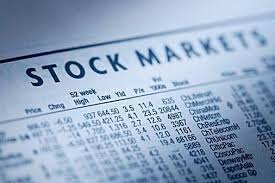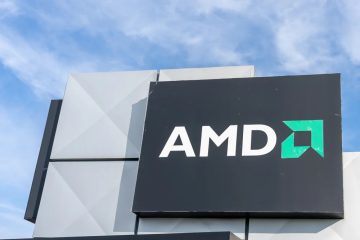A Warning Sign From the Nasdaq

As anyone with two nickels in the market surely knows, tech stocks have been on a tear lately.
Just five stocks – Apple (Nasdaq: AAPL), Facebook (Nasdaq: FB), Microsoft (Nasdaq: MSFT), Netflix (Nasdaq: NFLX) and Google parent Alphabet (Nasdaq: GOOG) – are responsible for 41% of the S&P 500’s advance this year.
That’s not a good thing, incidentally. The market has “bad breadth.” Ideally, you want to see wider participation in a rally.
And on Friday, the Nasdaq sent investors a fog horn of a wake-up call.
The “Fabulous Five” lost nearly $ 100 billion in market value – a number that might get even your congressman’s attention – on more than double their average volume.
Alphabet sank more than 33 points. Amazon plunged 32 points. And the sell-off spread to the semiconductor industry too, where high fliers like NVIDIA (Nasdaq: NVDA) also got slammed.
Yes, on a percentage basis, it was only a scrape. But it could also be the beginning of something worse.
Yet analysts rushed to explain it all away.
“These stocks were the most overcrowded trade on the planet,” said one pundit. “They were overdue for a correction.”
(Funny how these guys always recognize what was overdue when they’re looking in the rearview mirror.)
Others chimed in that these are fine companies experiencing good growth – in sales if not in profits – in a lackluster economy.
This is mostly true, of course. No one would argue that Amazon and Netflix – and other big movers like Tesla (Nasdaq: TSLA) – aren’t healthy and dominant firms.
But it’s tough to argue that they’re any kind of bargain, even after Friday’s reckoning.
Amazon still sells for 184 times trailing earnings and 86 times the consensus estimate for the next 12 months.
Netflix is a head-turner at 204 times trailing earnings and 83 times the consensus.
And Tesla has a negative price-to-earnings ratio (P/E) of 75 – and a negative prospective P/E of 393.
We’ve seen this story before… in the “Japan Inc.” mania of the ‘80s… in the tech bubble of the late ‘90s… and in the real estate craziness of 10 years ago.
Even fabulous companies can take mind-blowing tumbles.
Amazon and other tech leaders, for instance, lost over three-quarters of their value from the Nasdaq’s peak in March 2000 to the market bottom in October 2002.
Amazon bounced back eventually, of course. (Other tech leaders were not so lucky.) And eventually, it traded much higher. But how many investors held on through the carnage – or ever bought back in after taking their lumps?
I’m not saying the tech sector won’t dust itself off and trend higher again in the weeks ahead. That’s always a possibility.
But here are my takeaways from Friday’s market action:
If you own these admittedly great but expensive companies, make sure you’re running trailing stops behind your positions.
Don’t have more invested in these names than you’re willing to lose in a worst-case scenario.
Your time horizon ought to be either short-term or very, very long-term. Because in the medium term, hot money has a way of turning ice cold.
In short, valuations matter. They always have. They always will.
That was Friday’s wake-up call. Let’s hope you didn’t hit the snooze button.
Good investing,



